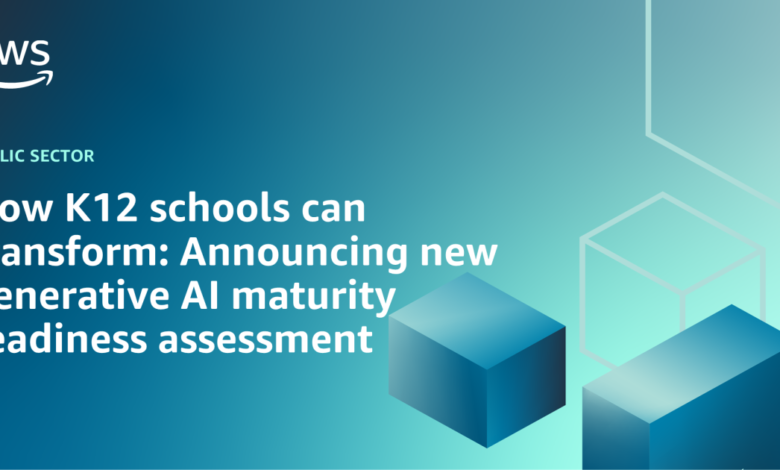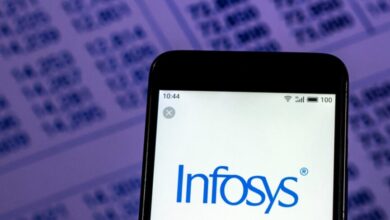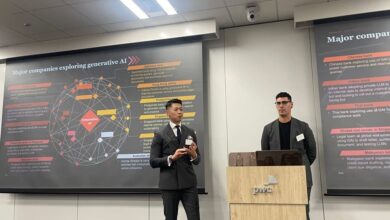How K12 schools can transform: Announcing new generative AI maturity readiness assessment

The artificial intelligence (AI) era arrived with a bang—and it’s here to stay. With 60 percent of US students already using generative AI tools, school leaders are trying to get ahead of this trend. They know that while AI has the potential to be transformative for K12 schools, it must be implemented carefully.
Amazon Web Services (AWS) is helping K12 school leaders understand how to leverage this new technology in the most practical and responsible ways. Together with the Council of the Great City Schools and the Consortium for School Networking, we created the K-12 Readiness Checklist and the newly released K12 Generative AI Maturity Readiness Assessment. These are fundamental tools to guide school districts as they implement generative AI in their schools. Following these guidelines, AI can be safely leveraged to assist educators and administrators in both classrooms and school operations. Take the assessment today, and read this post to learn seven ways that AI can transform K12.
- Predict trends and identify patterns—earlier and faster
One key advantage of AI is its ability to analyze large amounts of data quickly. This not only allows humans to identify answers that might have taken weeks or months to detect—if at all—but it also allows them to ask questions that may never have occurred in the first place. For schools, this ability to identify patterns and trends has multiple applications. By drawing on data like school history, birth rates, population growth, and real estate changes, school leaders can predict enrollment patterns, allowing them to plan appropriately. On the classroom level, educators can leverage AI to predict variables contributing to student success, such as attendance and grade data, and compare them with previous years. This data can help pinpoint students who might be starting to struggle, allowing for timely interventions that lead to improvements both in retention and overall academic performance.
- Vastly speed up recordkeeping
Thanks to a type of AI known as intelligent document processing (IDP), schools can free staff from hours of filing and paperwork. When families submit forms, for example, IDP can scan them, file them in the right place, and provide next steps. This can transform recordkeeping tasks in a number of different areas, such as student registration, cumulative folders, and student health records. For student registrations, AI can help student information systems (SIS) handle a complex process that requires managing everything from birth certificates to school transcripts. For student cumulative folders, AI can clean up a process that, to this day, often relies on paper records clogging up storerooms with massive amounts of discipline files, attendance, and progress reports. Lastly, IDP can streamline student health records like immunization information, vision/hearing screenings, and prescriptions administered by nurses.
- Maximize websites and help desks
Another way to reduce the burden on staff is to make it simpler for families and students to find necessary information on their own. Here is where AI-powered chatbots can help. Capable of natural language processing (NLP) and analyzing human speech, chatbots can be leveraged in websites, help desks, or call centers to enhance user experience while improving operational efficiency. Instead of having to spend hours fielding repetitive queries, staff time can be reserved for answering questions the chatbot cannot handle. This same type of AI can also be employed to rapidly sift through documents and video content, such as minutes and notes from staff and board meetings, pulling out relevant information or providing summaries and transcriptions.
- Create custom content
Lesson planning is a time-intensive activity that requires a great deal of content creation. Enter generative AI, which quickly sums up academic resources and uses it to map content. This allows educators to sync the content to learning objectives; adapt it to students with different learning styles or special abilities (such as individualized education plans (IEPs) and 504 plans); create varied, updated, and dynamic teaching materials; or generate a personalized digital tutor that is tailored to specific school curricula. In an era where professional burnout and teacher turnover represent serious challenges, generative AI makes it possible for educators to do what they do best: teach.
- Improve school safety
School safety is a critical issue for school leaders, and something AI can address. K12-centered solutions are being developed that use AI-powered object recognition in videos or images to automatically detect guns, weapons, or fights in school video camera feeds. In addition to enhancing school safety, the technology enables quicker response time to security incidents. AI can also monitor suspicious activity on the web, such as threats, cyberbullying, and suicidal intent, or monitor in-school online behavior patterns to detect potential warning signs before they escalate.
- Automating grading and recordkeeping
Just as AI can free staff from mindless paperwork, it can do the same for teachers. By creating fair criteria, eliminating subjectivity and bias, and providing consistent results based on datasets of previous work, AI can be used to streamline what is often a cumbersome grading process. For writing assignments, it can provide personalized and constructive feedback, giving students the tools they need to improve. AI can also help teachers complete required administrative work such as student cumulative folders and professional development or licensing documentation.
- Deploying chatbots for student practice
While chatbots can be used to resolve queries and pull relevant information from meetings, they have another very practical use: offering students real-time practice with mathematics, foreign languages, and other areas where memorization or flashcard drills have traditionally been used. Using NLP, chatbots can generate flashcards based on individualized needs, drawing from study guides, conceptual maps, or class notes. AI can also repurpose existing PDFs and slide presentations to make flashcards and other materials with the click of a button. All of this allows students to try out new skills in a low-stakes atmosphere, without judgment, while allowing teachers to focus their time on more personalized instruction.
What to do next
The potential for AI in K12 education is enormous—but as with any new technology, it needs to be implemented carefully and responsibly. Issues such as accuracy, fairness, bias, security, and affordability all must be addressed to ensure that AI helps rather than harms. But with more than half of students in the US increasing their use of generative AI tools, this is not a conversation that can be postponed. Take the K12 Generative AI Maturity Readiness Assessment today to identify your generative AI readiness and to pinpoint specific areas that require further attention and investment to ensure safe and secure adoption of this transformative technology.
Read related stories on the AWS Public Sector Blog:



